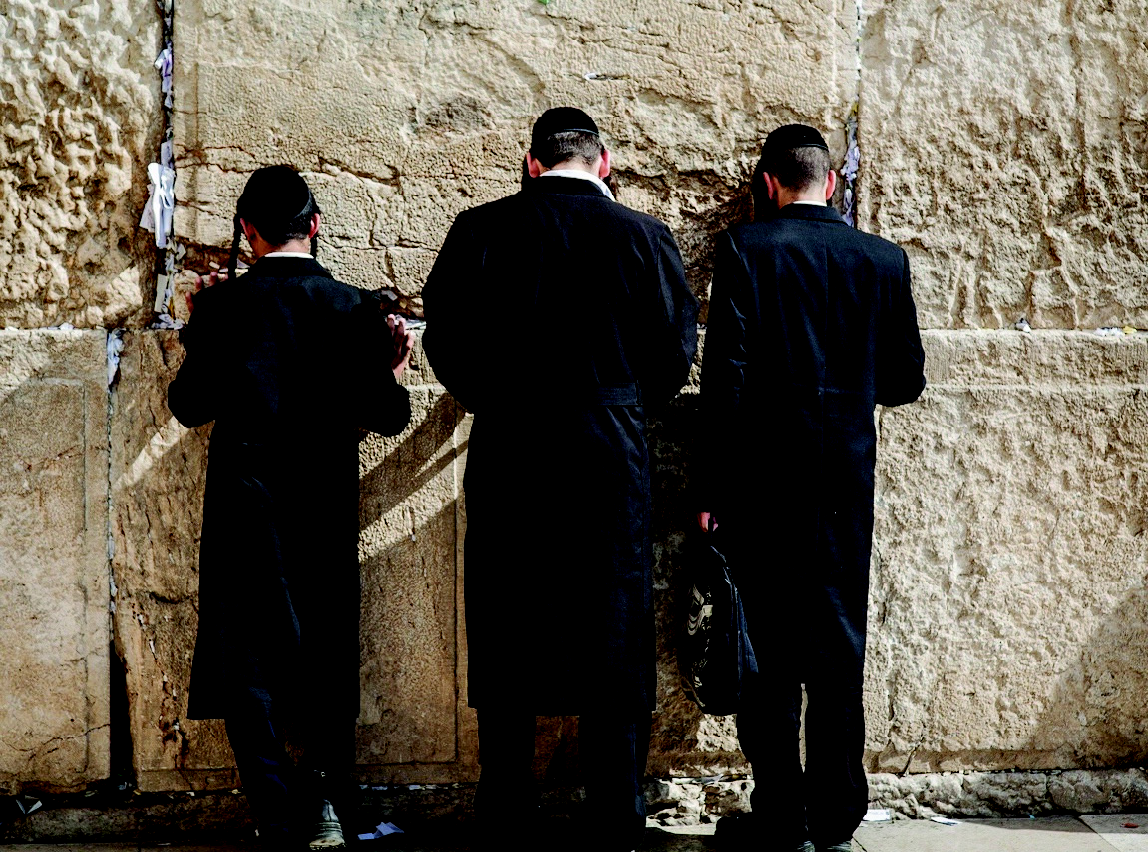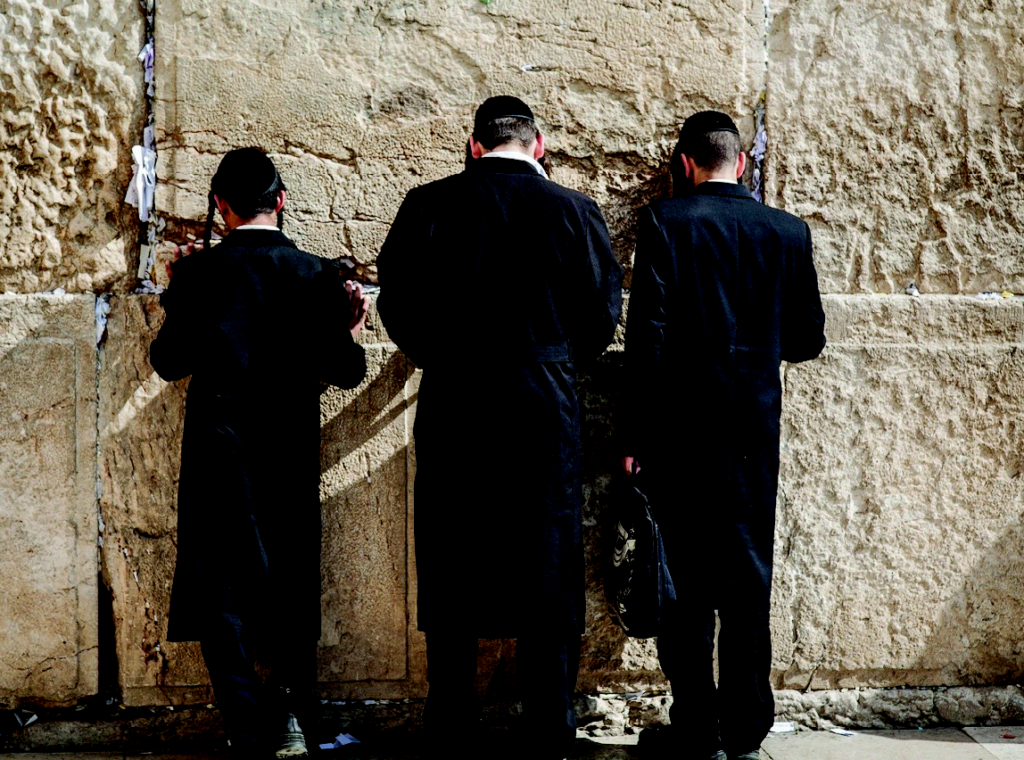Abstract
Isaac Bashev is Singer cherished the short story because, in his opinion, it provided a considerably greater opportunity for perfection than the novel did. His stories, however, rarely exhibit the meticu-lous craftsmanship of a conscious craftsman; instead, they flow effortlessly, often mindlessly, without any sense of manipulation. Indeed, Singer’s work derives from a rich oral storytelling tradition that has been thriving for generations throughout Eastern Europe. As the de facto historian of the Jewish experience in the twentieth century, Singer opts to ignore the Holocaust and the six million European Jews who were killed by Adolf Hitler’s Third Reich. Since he doesn’t think a simple storyteller could ever convey a tale this awful and unintelligible, he instead evokes it by describing the civilization it wiped out in detail and the scattered melancholy it left behind. Singer’s protagonists, like the Jewish people as a whole, face unfathomable atrocities and fight with their identity in a changing world. They must decide whether to give up or endure. The person in their family, neighborhood, and world is eventually the person in their universe, frequently by themselves with the supernatural forces that rule it. Singer uses a variety of Jewish mysticism and demonology to embellish and draw from to personify these forces and their impact on the human condition. In this research paper, I tried to anlyze the element of this Jewish mysticism in some of his popular works.
Isaac Bashevis Singer was a Polish-born American Jewish author who first authored and published in Yiddish before translating himself into English with the assistance of editors and collaborators.

Singer authored a minimum of 18 works of fiction, 14 children’s stories, memoirs, essays, and articles. He is best known for his short stories, which have appeared in over a dozen collections. Gimpel the Fool, Singer’s first collection of short stories in English, was published in 1957. Saul Bellow translated the title story, which was published in the Partisan Review in May 1953. Selections from Singer’s Daily Forward “Varshavsky-stories” were later published in anthologies such as My Father’s Court (1966). Later collections include A Crown of Feathers (1973), with notable masterpieces like The Spinoza of Market Street (1961) and A Friend of Kafka (1961) in between (1970).
His stories and novels are inspired by his upbringing in the world of East European Jewry. After many years in America, his stories depicted the world of immigrants and their pursuit of an elusive American dream that always seemed out of reach. Prior to Singer’s Nobel Prize, English translations of dozens of his stories were published in popular literary magazines such as Playboy and Esquire. Singer continued to write about personal morality throughout the 1960s. Because of the contentious aspects of his plots, he received harsh criticism from a variety of sources, some for not being “moral” enough, others for writing stories that no one wanted to hear.
including Dostoyevsky’s Crime and Punishment. In his memoirs, he emphasized the significance of Yiddish translations donated in book-crates from Ameri-ca, which he studied as a teenager in Bilgoraj: “I read everything: short stories, novels, plays, essays, and so on. Rajsen, Strindberg, Don Kaplanowitsch, Turgenev, Tolstoy, Maupassant, and Chekhov were among the authors I read.” He studied Spinoza, Arthur Schopenhauer, and Otto Weininger, among others. Singer regarded his elder brother as his greatest artistic example among his Yiddish contemporaries. He was also a lifelong friend and admirer of Aaron Zeitlin, the author and poet.
Anton Chekhov and Guy de Maupassant influenced his short stories, which some critics believe are his most lasting contributions. Singer inherited Maupassant’s finely honed sense of drama. Singer’s stories, like those of the French master, can pack a lot of visceral excitement into a few pages. Singer learned from Chekhov how to draw characters with enormous complexity and dignity in the shortest of spaces. He describes the two writers as the greatest masters of the short story form in the foreword to his personally selected volume of his finest short stories.
Among his non-Yiddish contemporaries, he was strongly influenced by Knut Hamsun’s writings, many of which he later translated, while he was more critical of Thomas Mann, whose approach to writing he considered opposed to his own. Unlike Hamsun, Singer shaped his world not only through the egos of his characters, but also through Jewish moral tradition as embodied by his father in the stories about Singer’s childhood. There was a schism between the lives of his heroes and the lives they felt they should lead, which gave his art a modernity that his predecessors did not. His themes of witchcraft, mystery, and legend are based on traditional sources, but they are juxtaposed with a modern and ironic sensibility. They are also interested in the strange and grotesque.
Singer has an unusual and convoluted relationship with Judaism. Though he felt a connection to his Orthodox background, he self-identified as a skeptic and a recluse. In the end, he came up with a philos-ophy and religious per-spective that he dubbed “private mysticism.” He stated it this way: “God could be imbued with whatever attributes one wanted to hang onto Him since He was entirely unknown and forever silent.”

Singer was brought up as an Orthodox Jew and learnt all the Jewish prayers as well as Torah and Talmud. He also stud-ied Hebrew. In his autobi-ographical short story “In My Father’s Court,” he described how, in his early twenties, he broke away from his parents. He start-ed hanging out with non-religious Bohemian artists in Warsaw after being influenced by his older brother, who had already done so. Singer stopped going to Jewish religious services of any type, even on the High Holy Days, even though he believed in a God, much like Orthodox Juda-ism. He battled the idea that a loving and merciful God would never tolerate the immense suffering he witnessed all around him, particularly the Holocaust deaths of so many of the Polish Jews from his youth. He stated, “I am angry at God because of what happened to my brothers,” in an interview with the photographer Richard Kaplan. Singer’s younger brother perished in Soviet Russia about 1945 after being sent with his mother and wife to Southern Kazakhstan as part of Stalin’s purges. Singer’s older brother passed away unexpectedly in February 1944 in New York from a thrombosis.
Singer spent his entire life in the Jewish community, despite the complexity of his religious beliefs. He didn’t appear to feel at ease unless he was surrounded by Jews, especially those who were European natives. Although he was fluent in Hebrew, English, and Polish, he always thought of Yiddish as his native speech. He was the last well-known American novelist to write in Yiddish and he did it exclusively. Singer and his wife started spending time in Miami during the winters with its Jewish community, many of whom were New Yorkers when Singer became successful as a writer in New York. They eventually relocated to Miami as retirees. They had a strong sense of belonging to the Ashkenazi Jewish society. Singer was laid to rest in a Jewish cemetery in Paramus, New Jersey, following his passing, following a customary Jewish ceremony, once in an interview with The Times, he said,
“I think that the question of whether the world is nothing but a physical accident, or whether there is a plan—this is the main question of every human being,” he declared. “Be-cause the only answer to our suffering would be that there is purpose in it, that there is a spirit behind it. these would not exist, our life would be a hopeless business. It is my conviction that telepathy, clairvoyance, and premo-nitions do exist and do have a value. And the more I hear about them, the more comfort I get, because this means that life is just not some soap bubble which today flies around and tomorrow, in a second, it bursts.”

Singer made a connection between his parapsychology interest and his religious beliefs. A former Warsaw rabbinical student and the son and grandson of rabbis, he considers himself to be religious but is dubious of dogma and structured religion.
The lightheartedness with which Singer approaches death, demons, and betrayal is seen in one of his early pieces. Two Corpses Go Dancing is recounted from the perspective of the ‘Evil One,’ a technique Singer also uses in stories like ‘The Destruction of Kreshev’ and ‘The Unseen,’ which were initially published in The Jewish Daily Forward in 1943. The Evil One amuses himself in “Two Corpses Go Dancing” by reviving the corpse of Itche-Godl, a forgotten beggar who “had been a corpse even when living.” When Itche-Godl gets back home, he discovers that his widow has remarried to a bigger man. Even though Itche-Godl, who believes he is still alive, is terrified by his two appearances at her door, he is baffled by her actions. Singer rejects any pretension of realism in “Two Corpses Go Dancing” and instead creates a surreal world in which no presumptions are true. The material and heavenly worlds are entangled: Corpses have superhuman abilities but are really helpless; they are visible to the outside world but lack self-knowledge; they have desire but are ultimately unable to fulfill it.
“Taibele and Her Demon” is a story that equally straddles the line between the material and spiritual worlds without ultimately sacrificing physical credibility. The irony of Taibele’s obsession with the monster Hurmizah is what gives this tale its power. Here, the strange world only exists in the thoughts of the protagonists since demons are real enough as long as people believe in them. Singer is making a point about the hidden connections that might form between people when the imagination is allowed to run wild. However, the resulting affection does not come without a cost. That price is premature death for Alchonon, and the burden of sin, mystery, and wilderness for Taibele.
Another of Singer’s most well-known and frequent-ly reprinted stories is “The Spinoza of Market Street”. It tells the tale of Dr. Nahum Fischelson, a renowned philosopher, teacher, and librarian who has spent his life to researching the theories of Baruch Spinoza, a Dutch Jew who lived in the seventeenth century. Fischelson aspires to adhere to the rigid rational philosophy that Spinoza’s Ethics demands. In contrast to the world below, where the unthinking rabble stands in for reason, he thinks about the stars and the mysteries of astronomy.
Singer again concentrates on an erratic relationship and the depth of human love and devotion in “Zeitl and Rickel,” but this time she more firmly places it in the context of social attitudes. The amazing story the narrator is about to tell proves that one level, this is a tale of two women’s intense love and the mysterious and ultimately disastrous forms it takes (with the possibility of lesbianism, though it is never stated explicitly). On another plane, it concerns how the neighborhood is seen. The story, as related by one of Rickel’s former students, is a collection of rumors elevated to the status of spiritual mystery.
The story implies a perspective on the role of women in shtetl culture as daughters and wives, as well as the unconventionality of two women developing a spiritual bond and dedicating their lives to one another. Despite never having been accused of feminism, Singer occasionally feels awestruck by the complexity and influence of the female psyche.
Going through the works of Singer, we can analyze that Singer uses a variety of Jewish mysticism and demonology to embellish and draw from in order to personify these forces and their impact on the human condition. The outcome can be obviously mythological at times or it can explore the limits of what is possible under very real conditions. Whatever the format, Singer never holds back from delving deeply into the broad, literal concepts of life and death, sin and atonement, good and evil, and heaven and hell. He places a high value on inventiveness, and nothing is ever beyond bounds. Most of his works are characterized by a startling contrast between the breathtakingly cosmic and the absurdly simple, the apocalyptic and the everyday, and the macabre and the romantic.
References
- Burgess, A. (1998). Rencontre au Sommet (in French), . Paris: Éd. Mille et une nuits.
- Burgin, R. (1985). Conversations with Isaac Bashevis Singer. New York: Doubleday.
- Carr, M. (1992). My Uncle Itzhak: A Memoir of I.B. Singer. Commentary.
- Goran, L. (1994). The Bright Streets of Surfside: The Memoir of a Friendship with Isaac Bashe-vis Singer. Kent : Kent State University Press.
- Hadda, J. (1997). Isaac Bashevis Singer: A Life. New York: Oxford University Press.
- Israel, Z. (1995). Journey to My Father, Isaac Bashevis Singer. New York: Arcade.
- Kresh, P. (1979). Isaac Bashevis Singer: The Magician of West 86th Street. New York: Dial Press.
- Noiville, F., & Singer, I. B. (2006). A Life, Farrar, Straus and Giroux.
- Saltzman, R. (2002). Isaac Bashevis Singer: a bibliography of his works in Yiddish and English, 1960–1991.Lanham: MD: Scarecrow Press.
- Straus, D. (1982). Under the Canopy. New York: George Braziller.
- Telushkin, D. (1997). Master of Dreams: A Memoir of Isaac Bashevis Singer. New York: Morrow.
- Tree, S. (2004). Isaac Bashevis Singer, .Munich: DTV Deutscher Taschenbuch.
- Tuszyńska, A. (1998). Lost Landscapes: In Search of Isaac Bashevis Singer and the Jews of Poland. New York: Morrow: Hardcover.
- Wolitz, S. L. (2001). The Hidden Isaac Bashevis Singer. Austin: University of Texas Press.
- Ziolkowska-Boehm, A. (2004). The Roots Are Polish. Toronto: Canadian-Polish Research Institute.
DOI
https://doi.org/10.57259/GRJ5846
Research Objectives
- Detailed description of Isaac Beshevis Singer Jewish Mysticism work
Bio

Prof. Sheelu Singh Bhatia is a Professor of English in one of the leading Universities of India. She has more than twenty years of teaching and research experience. She specialises in Diaspora Literature. She also studied language and linguistics. Her articles have appeared in various International Journals.


